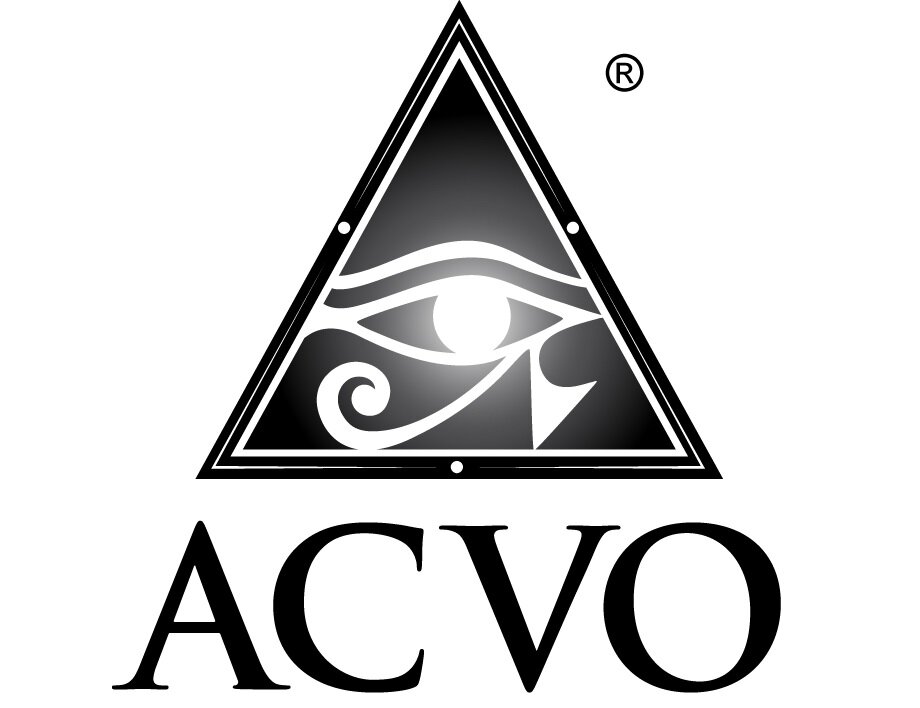Learn More About the Eye Lens & Cataracts
Learn More About the Eye Lens & Cataracts
The lens is a three-dimensional semi-spherical structure positioned behind the iris within the eye. It is held in position with tiny thread like ligaments called zonules which suspend it in the eye similar to springs of a trampoline. The lens has three layers. The center of the lens is called the nucleus. The nucleus is surrounded by the lens cortex and the entire lens is encapsulated in a very thin capsule. The function of the lens is to help focus light within the eye similar to the lens of a camera. The most common lens issues in veterinary medicine are nuclear sclerosis and cataract formation.
With age the lens will become denser and this process is called nuclear sclerosis. This is essentially hardening of the lens. When this happens, the lens is less pliable and less able to help us transition from seeing far away to seeing up close. This is the same issue that happens to us as we age (presbyopia) and in our cases we typically need to start wearing reading glasses to help us accommodate better. Nuclear sclerosis may cause the lens to become hazy or to have a blue or grey appearance as animals age. The lens is still transparent, and vision overall is not significantly affected. Owners often notice that their pets may have trouble finding a treat on the floor or may have some subtle changes in depth perception, but general function is often quite normal. No treatment is required for this condition since it is a normal ageing process. Nuclear sclerosis is often misinterpreted as a cataract.
A cataract is a true opacity of the lens. Cataracts can more significantly affect vision depending on how much of the lens is affected by the cataract development. Cataracts can be very tiny (punctate) or can be larger and fill up the entire lens volume. The cataract stages in order of severity are incipient, immature, mature and hypermature. Cataracts have many possible causes including genetic predisposition, Diabetes Mellitus, chronic inflammation, age related (senile), congenital, traumatic, nutritional, and secondary to underlying retinal disease. The treatment options for cataracts in animals often depend on the underlying cause. Cataracts can develop over the course of days, weeks, months or years. As cataracts progress they can ultimately cause blindness, and in some cases, inflammation will occur within the eye secondary to cataract development. You may notice increased cloudiness within your pet’s eyes or a decline in vision as a result of cataract formation.
The only way to restore vision in animals with cataracts is surgical removal of the cloudy lens material. This procedure is called phacoemulsification and is performed by veterinary ophthalmologists routinely to restore or preserve vision in animals with cataracts. When the cataract is removed, an artificial lens is usually implanted within the lens capsule. Cataract surgery in most cases is very successful but many diagnostic tests are typically performed prior to surgery to help determine if your pet is a good candidate for this procedure.
If you suspect your pet may have cataracts, your veterinarian will help determine if cataracts are present and may refer you to a veterinary ophthalmologist for further evaluation of your pet.

